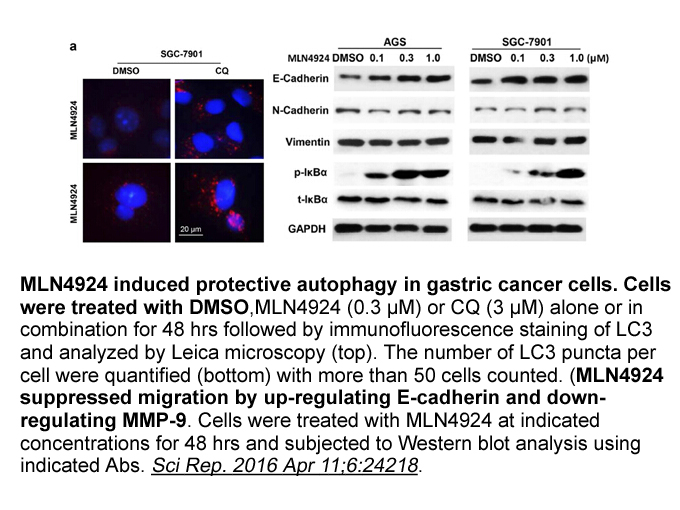Archives
br Funding br Introduction The interest
Funding
Introduction
The interest in the effects of endocrine disrupting chemicals (EDCs) in the aquatic environment continues to increase over the past decade, specifically those that act on steroidogenic pathways. EDCs that include synthetic androgenic and estrogenic compounds can severely affect endocrine systems in wildlife and exert significant impacts on their reproduction, development and sexual behavior (reviewed in Colborn et al., 1993, Söffker and Tyler, 2012). For example, the pharmaceutical androgen 17β-trenbolone is used as a growth promoter in beef cattle farming and it has been shown to masculinize female fish (Ankley et al., 2003). This occurs because it is found in the aquatic environment predominantly in runoff, feedlot surface soils and manure on animal farming facilities. Hence, characterizing the range and magnitude of effects of androgens on development and reproduction is crucial for understanding how EDCs perturb androgen receptor signaling in aquatic organisms.
Dihydrotestosterone and 5 alpha-reductase in early development
Androgens are present in early vertebrate development and have been detected in oocytes and in unfertilized and fertilized eggs. Testosterone is present in Japanese rice fish (Oryzias latipes) female fully grown oocytes (4–5pg), then decreases in concentration in unfertilized eggs (2–3pg) until after ∼1d incubation (1–2pg) (Iwamatsu et al., 2006a). After fertilization, testosterone concentration remains between 0.2 and 1.0pg/animal (up to 10dpf) which suggests roles for testosterone metabolites in early development. In frogs, both testosterone and DHT have been detected at levels ranging from 2000 to 4000pg/g ww in Nieuwkoop-Faber stage 20 African clawed frog (Xenopus laevis) embryos which corresponds to approximately 22h post MK-8776 (Bögi et al., 2002). Noteworthy is that high androgen levels decrease towards the limit of detection of radioimmunoassays at metamorphosis, implying that elevated androgen levels are essential for early frog development. In amphibians, the ontogeny of the enzymes involved in DHT production (i.e., srd5a isoforms) has been examined in detail during early development of the Western clawed frog (Silurana tropicalis; Langlois et al., 2010b). All three isoforms are maternally transferred as their transcripts are detected at the frog egg stage (Nieuwkoop-Faber stage 2) suggesting that the presence of DHT in frog embryos could also be produced de novo from the animal itself. At the Nieuwkoop-Faber stage 16, all three transcriptional profiles significantly increase until organogenesis, and srd5a2 shows the larger surge of transcript being produced. Although srd5a isoform expression has been studied in amphibian development, there is no information as to the ontogeny of the srd5a isoforms in teleost fishes.
To address this knowledge gap, we collected FHM early life staged embryos and fry generated from six breeding pairs of one year old fish from a breeding colony at the University of New Brunswick (Saint John, NB, CAN). Embryos were collected at 1day post fertilization (1dpf), 3dpf, 5dpf (prior to hatch), one day post hatch (6dpf), and 14dpf. During these early stages of development, major landmarks in developing embryos include body patterning, development of the anterior dorsal section of the mouth, organogenesis, and central nervous system development (Kimmel et al., 1995, Liu and Chang, 2002). To measure the expression of the srd5a isoforms during early FHM development, we optimized real-time PCR bioassays and assessed expression levels over the first 2weeks of life (Fig. 2). We point out that others have also recently identified srd5a isoforms in fish. For example, after screening the NCBI ESTs database, srd5a1 and srd5a2 were ide ntified in FHMs by Margiotta-Casaluci et al. (2013b) and the zebrafish (Danio rerio) genome contains at least three isoforms for srd5a (NM_001076653, NM_001017703, NM_001044939).
ntified in FHMs by Margiotta-Casaluci et al. (2013b) and the zebrafish (Danio rerio) genome contains at least three isoforms for srd5a (NM_001076653, NM_001017703, NM_001044939).